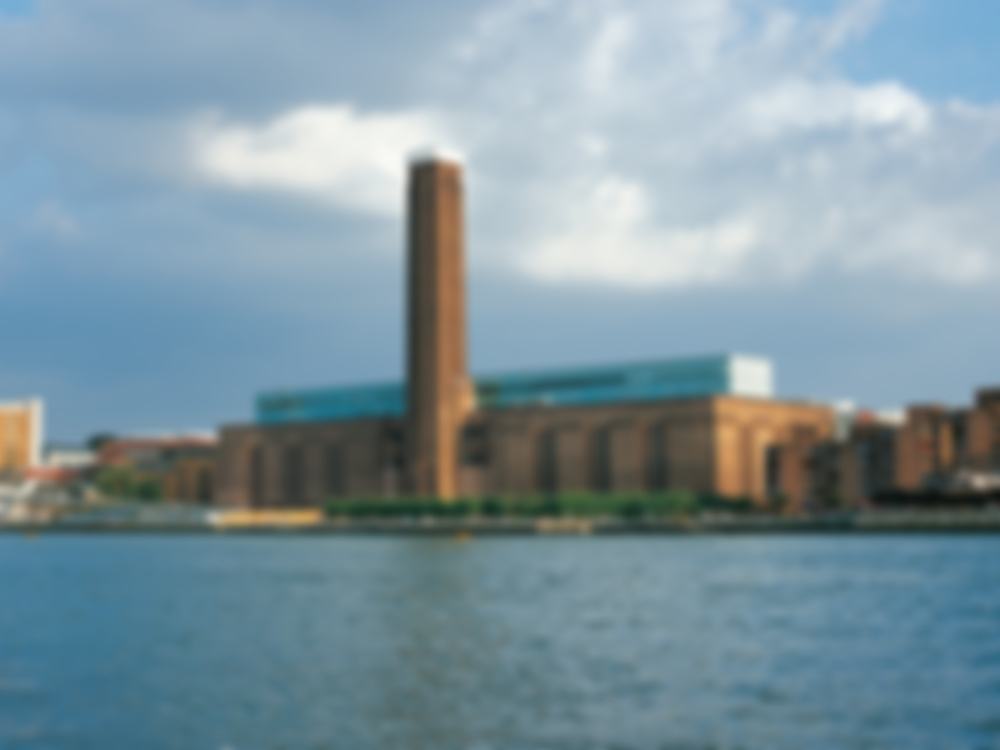The former Bankside Power Station, built in 1945 by Sir Giles Gilbert Scott, has been converted to house the Tate Gallery’s collection of modern art. This imposing structure was originally laid out in three parallel tracts: on the side facing the Thames was the boiler house; in the middle was the space for the turbines; and on the south side...
Tate Modern in London
Issue
07/2000 Refurbishment
Source
DETAIL
Task
Conversion / Refurbishment
Location
United Kingdom, London
Year of construction
1945
Year of refurbishment
2000
Architecture
Herzog & de Meuron

© Christian Schittich

© Christian Schittich